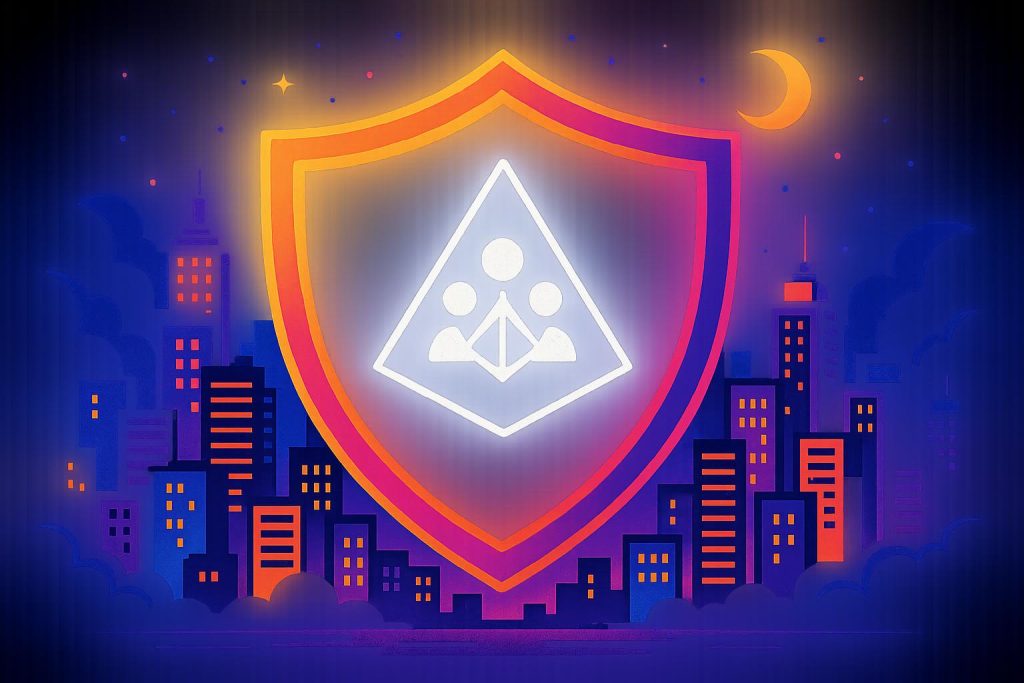Listen to the article
Cohesity’s latest advancements in cyber resilience, combined with Semperis’ expertise, introduce innovative tools to safeguard organisations’ critical identity infrastructure and combat rising ransomware and malware threats, setting a new industry standard for comprehensive security.
The cybersecurity landscape is undergoing a transformative shift as organisations face increasingly sophisticated and frequent cyber threats. Recent data reveals that 83% of businesses have been targeted by ransomware in the past year, with identity attacks comprising over 99% of daily cyber intrusion attempts. This alarming trend has pushed data protection strategies beyond traditional backups to embrace comprehensive “cyber resilience”—a robust framework designed to safeguard both organisational data and the critical identity infrastructures that govern access controls.
A pioneering example in this evolution is Cohesity’s recent announcements at the Catalyst 1 Data Security Summit, where they unveiled significant advancements in cyber resilience capabilities. Central to their approach is a dual-focus strategy that integrates data protection with identity security, particularly addressing vulnerabilities in Microsoft Active Directory (AD). Recognised as the digital nerve centre for managing authentication and access, AD is a prime target for attackers seeking to move laterally within networks and escalate privileges.
Cohesity’s partnership with Semperis marks a distinct departure from conventional backup models. Together, they have introduced Cohesity Identity Resilience, a unified platform designed to proactively harden AD environments, enable rapid and malware-proof recovery, and facilitate detailed forensic analysis post-incident. Semperis CEO Mickey Bresman highlights the critical importance of this approach, noting that compromise of Active Directory often undermines an entire network’s security by granting attackers extensive control.
Key innovations within Cohesity’s cyber resilience framework include On-Premises Isolated Vaults—specifically the new FortKnox Self-managed option—which cater to organisations with strict data sovereignty needs. Unlike typical cloud-based vaults, this system ensures that protected data locations remain undiscoverable even when domain administrator credentials are stolen, exemplifying next-level defence-in-depth. Additionally, the RecoveryAgent tool enhances recovery workflows through AI-driven orchestration, automating what was previously a manual and risk-prone process while embedding malware scanning and forecasting recovery timelines for improved operational efficiency.
Industry research underscores the urgency of these solutions; only 27% of companies maintain Active Directory-specific backups that are sufficiently isolated to prevent post-attack persistence of malicious backdoors. Cohesity and Semperis’ joint offering addresses this by combining secure, immutable backups with specialized scanning for indicators of exposure, ensuring cleaner and faster forest recovery, alongside thorough forensic investigations.
Complementing this identity-focused defence, Cohesity is expanding its coverage with plans to add 40 new connectors by the end of 2025 across major cloud platforms including AWS, Azure, and Google Cloud. This broadens protection across hybrid environments, reflecting modern IT realities where workloads span on-premises and multiple clouds. Their NetBackup DirectIO integration further enables enterprises to achieve significant cost and storage efficiencies—up to 53%—while maintaining enterprise-grade recovery capabilities.
Recognising the double-edged nature of AI technology, Cohesity is turning AI capabilities towards defence. Their revamped Gaia knowledge discovery assistant now supports sensitive data redaction, multiple languages, and integrates with popular communication platforms such as Slack. Moreover, incorporating Google Threat Intelligence into their scanning tools ensures real-time threat updates without additional financial burden. Partnerships with firms like Cyera embed data classification and governance directly into the platform, allowing organisations to identify sensitive information swiftly, reduce redundant data, and maintain compliance in near real-time.
The business imperative behind these advancements is clear. Ransomware incidents often exact heavy financial tolls—averaging $5.13 million per breach—alongside prolonged recovery periods, regulatory penalties, and lasting reputational damage. With 78% of ransomware victims admitting to paying ransoms, often multiple times, cybersecurity resilience has become synonymous with business survival rather than discretionary spending.
Cohesity’s integrated defence model signals a maturation in enterprise cybersecurity thinking by merging data protection, identity security, and threat detection into a cohesive framework. Their five-step cyber resilience roadmap—encompassing data protection, assured recovery, threat detection, application resilience, and risk optimisation—is designed to break down traditional organisational silos between backup, identity, and security teams. By fostering shared intelligence and streamlined operations, response times improve and vulnerabilities diminish.
While it remains to be seen if this approach will set a new industry standard, Cohesity’s efforts provide a compelling blueprint for enterprises seeking a comprehensive security posture capable of countering the fast-moving, multifaceted attacks of today’s landscape. In an era where cyberattacks strike every 39 seconds, the pressing question is not if an organisation will be targeted, but whether it will be prepared.
📌 Reference Map:
- Paragraph 1 – [1], [7]
- Paragraph 2 – [1], [2], [3], [5], [6]
- Paragraph 3 – [1], [4]
- Paragraph 4 – [1], [5], [6]
- Paragraph 5 – [1], [3]
- Paragraph 6 – [1]
- Paragraph 7 – [1], [7]
- Paragraph 8 – [1]
Source: Fuse Wire Services


